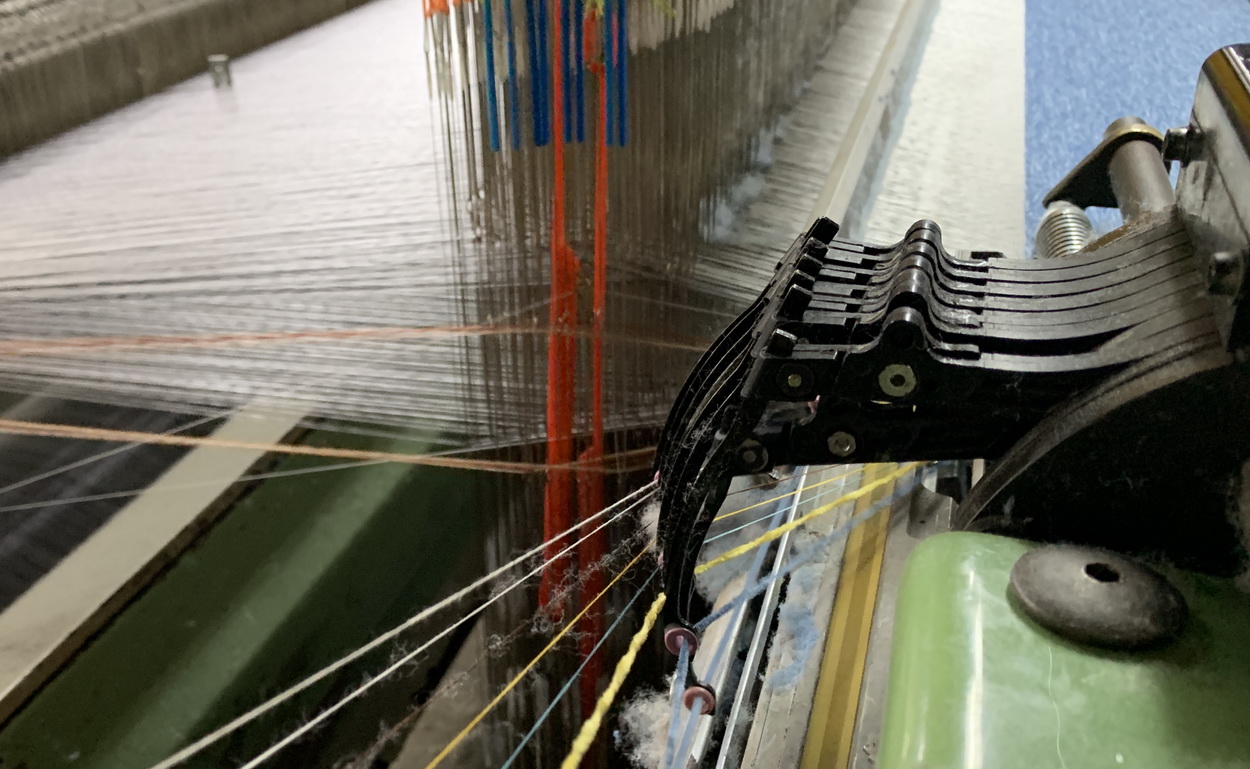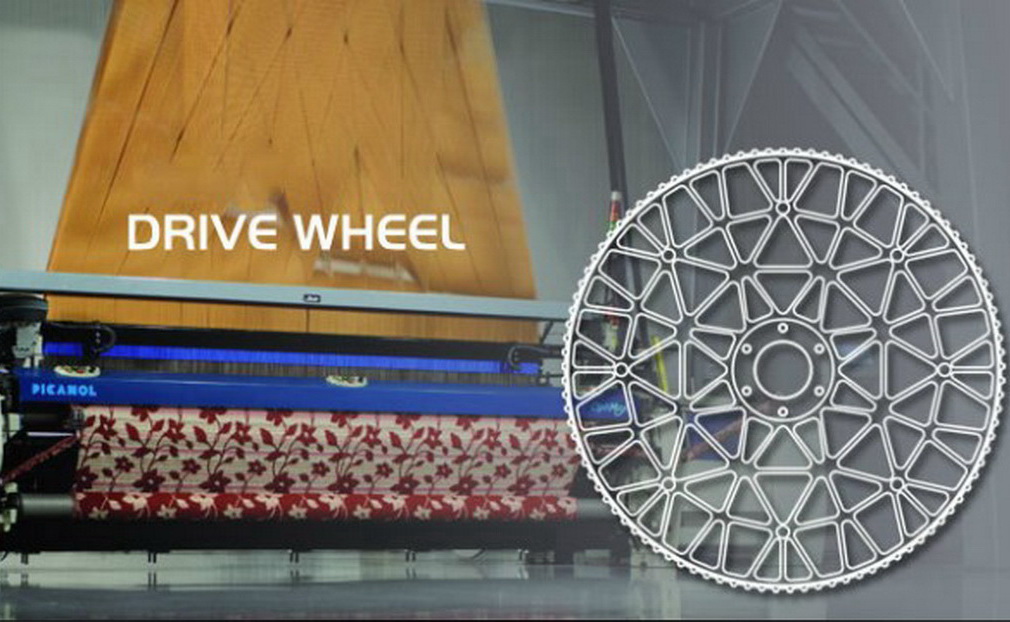Measures for Reducing Air Consumption of Jet Nozzle in Air-jet Loom Machine (4)
5. Timely adjustment of injection angle and direction
The auxiliary nozzle of air-jet loom machine consists of base, sleeve and nozzle. The nozzle is made of stainless steel flat tube with a thickness of about 0.5 mm. The nozzle head is flat with air-jet holes, and the plane of the nozzle is inclined. The direction of the nozzle is pointed to the reed slot. The injection angle is generally 8 to 9 degrees. The nozzle and sleeve are usually consolidated with resin, and the sleeve is positioned at a certain angle with the screw used in the base, which is called the spray angle, generally 4 ~6. Injection angle and direction angle are the two angles to determine the direction of injection, which determine whether the auxiliary nozzle air flow can accurately shoot into the reed slot. In the actual installation and debugging of air-jet loom machine, enough attention should be paid to them.The size of the incident distance directly affects the velocity of the auxiliary nozzle airflow entering the main nozzle airflow, and the velocity of the auxiliary nozzle airflow at the incident point is effective for weft insertion, which is called effective wind speed. Obviously, a larger injection angle can obtain a larger effective wind speed. However, considering that too large effective wind speed will interfere too much with the collision of the main nozzle airflow, Therefore, the determination of the injection direction angle should be based on the strength of the main nozzle airflow velocity, taking into account both the larger effective speed and the smaller interference effect. And the auxiliary nozzles with different grooves have an optimum injection angle. Therefore, each use factory must ensure that each group of auxiliary nozzles has good consistency, in order to achieve the purpose of improving weft insertion quality and saving gas consumption.
When the actual velocity center line of the auxiliary nozzle is at a certain angle to the geometrical center line of the nozzle, it will inevitably affect the convergence effect of the main nozzle and the auxiliary nozzle, thus affecting the weft insertion quality and unfavorable throttle. The angle is caused by the complex shape of the auxiliary nozzle chamber, which is formed by the impact of some airflow on the top of the auxiliary nozzle and the collision with other airflow at the nozzle hole. The test results show that the angle is related to hole shape, pressure and nozzle type. Therefore, when changing products and adjusting vehicle speed in production, it is necessary to consider the influence of the above reasons on this angle and adjust the incident parameters of auxiliary nozzle airflow in time.

 English
English  한국어
한국어  português
português  العربية
العربية  tiếng việt
tiếng việt  ไทย
ไทย  Malay
Malay  हिंदी
हिंदी  Indonesia
Indonesia  বাঙালি
বাঙালি  اردو
اردو 


